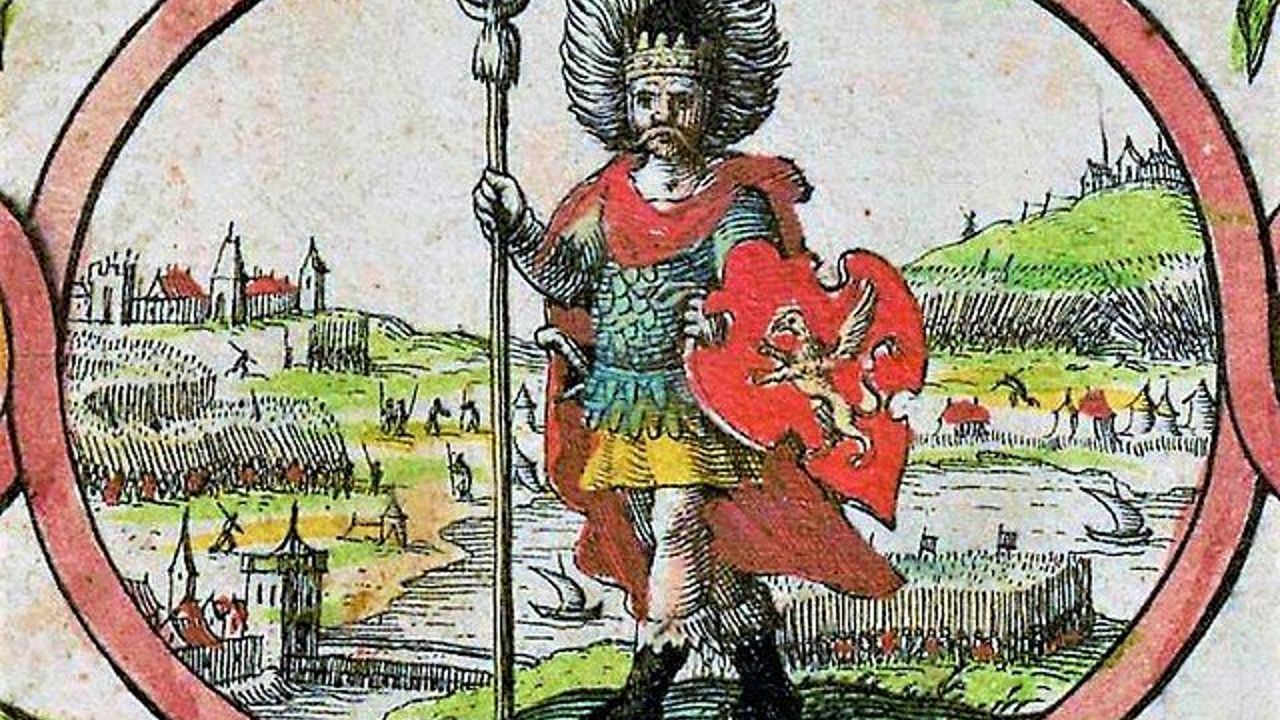Burial site of 6th-century warlord who founded Wessex potentially uncovered
Archaeologists in Hampshire may have unearthed the burial site of Cerdic of Wessex, potentially solving a millennium-old mystery about the founder of a kingdom that predates England itself

Recent archaeological investigations have reignited interest in one of the most enigmatic figures of early medieval Britain, Cerdic of Wessex, a warlord whose life and leadership remain shrouded in mystery and myth.
Believed to be the founder and first king of Wessex, Cerdic's origins and the exact details of his reign have long been debated by historians and scholars.
According to Paul Harper, author and researcher who has extensively studied this period, a significant discovery has been made at a site known as Cerdic's Barrow in Hampshire, England.
The site was identified through a combination of ancient charters and modern archaeological methods. It could potentially be King Cerdic's final resting place, marking a significant find for British archaeology.
The location near Andover was determined by tracing landmarks listed in a 10th-century charter granted by Edward the Elder. These landmarks led researchers to a burial mound noted in aerial photographs from the 1960s and 1970s, but it has since been obscured by plowing. Despite this, the mound's size and location suggest it was of considerable importance.
"Cerdic's Barrow was no mere burial site; it was a declaration of power, intended as a clear message to his contemporaries and rivals," Harper explains. He argues that the strategic placement of the barrow, along with references to nearby ancient trackways and territorial markers, underscores the significance of this site not only as a burial place but also as a potent symbol of dominion and legacy.
Scholars believe the barrow may be a reused Bronze Age mound, a common practice in the early Anglo-Saxon period. This discovery aligns with historical evidence that suggests a blend of native British and Anglo-Saxon customs during Cerdic's time, complicating the traditional narrative of him as a straightforward foreign invader.
Historical records, including the Anglo-Saxon Chronicle, describe Cerdic as the leader who established the kingdom of Wessex after landing in Britain with his son Cynric in 495 A.D. The Chronicle has been a key source of information on this era. It has been revered for its wealth of historical data and criticized for its inconsistencies and potential inaccuracies due to the centuries that passed before its compilation.
The discovery of Cerdic's possible burial site not only provides potential physical evidence of his existence but also invites a reevaluation of his role in the history of the Anglo-Saxon settlement of Britain. As scholars continue to debate his origins – whether he was a Briton who became Anglicised or a Saxon invader – this find adds a significant piece to the puzzle of early English history.
Source: Newsroom






